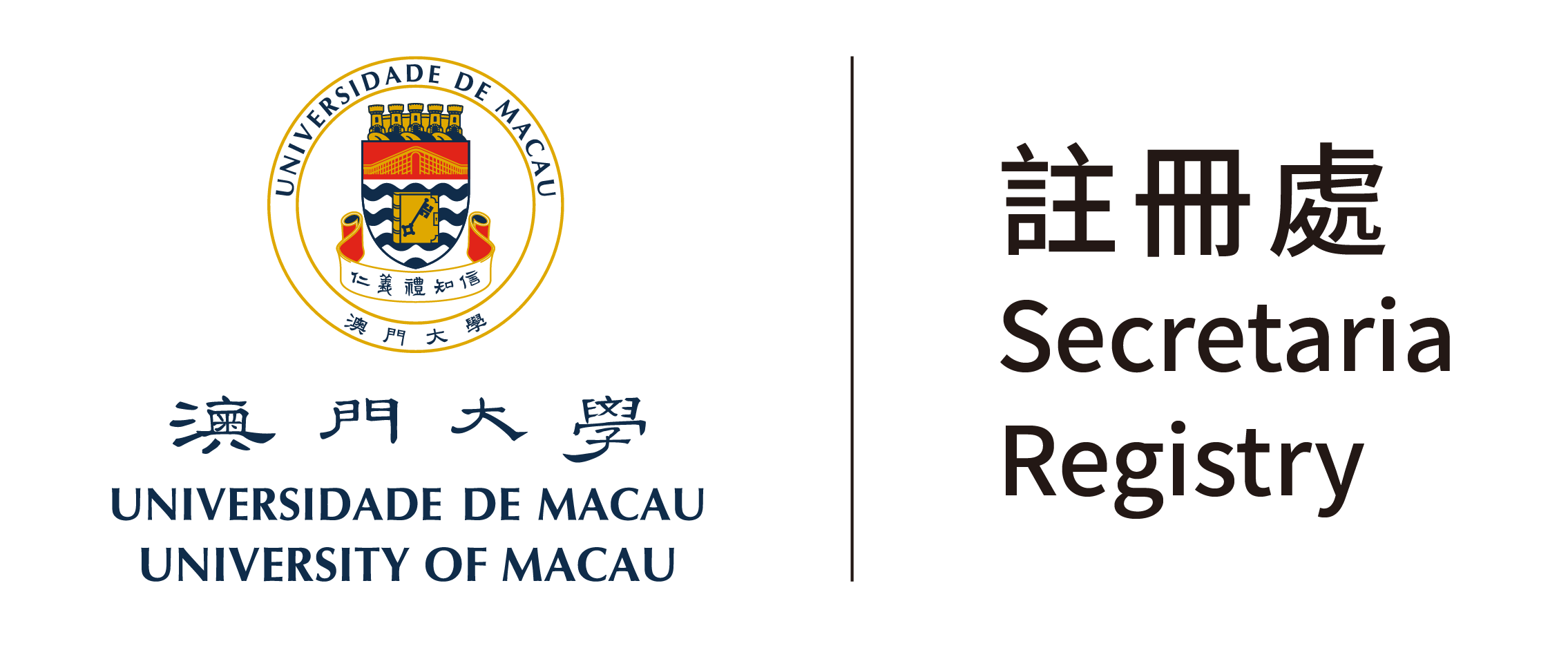| Year Level: 1 | ||
Is there and can there be ‘global justice’? Can someone lie and say the truth, be guilty and innocent, smile and glower, be happy and sad, or happy and poor as well as sad and rich at the same time? What defines and drives the ‘creative economy’? Is it money and profits, work or satisfaction, or physical or mental labour, efficiency or creativity, or competition or cooperation ? And how are global justice and the creative economy intertwined? These are only a few selected questions that point to a deeper problem encountered in the 21st century, which was also referred to as the Age of Paradox (Handy, C., 1995). It is a problem that also connects the two concepts ‘global justice’ and ‘creative economy’ . Already each of the two concepts alone currently poses serious challenges to individuals, municipalities, regions, states as well as the world community as a whole. In combination, the complexity of their meaning rises drastically, often leading to a sentiment of confusion, paralysis, or disorientation. Thus, the challenges they pose are reflected in the many thousand decisions that we take on a daily basis, whether consciously or unconsciously, individually or collectively, as well as wisely or foolishly. The two concepts have in common their nature as, what has been called, ‘essentially oxymoronic concepts’ , which are oxymora, contradictions in terms, or paradoxes. These essentially oxymoronic concepts all share that, by uniting apparently opposite statements or truths, their meaning contains some varying degree of contradictions, which pose a problem to a classical or binary logic of someone being either right or wrong, but not both at the same time.
In the case of ‘global justice’ , the contradiction can be found in the presumption that ‘justice’ is already difficult to establish within a single country or its legal system and even more so at the global level, with its multitude of different legal systems, cultures and languages. Similarly, the term ‘creative economy’ has evolved from the oxymoron ‘culture industry’ , i.e. two terms representing cultural activity on the one hand and economic activity on the other, which in the past were widely regarded as not only separate but also incompatible. Together they give rise to many more such concepts, like ‘glocalisation’, ‘coopetition’ , or the many ‘paradoxes of happiness’ , which, in line with the unique features of a place like the Macao SAR, will be discussed in the course from a both Eastern and Western perspective.

